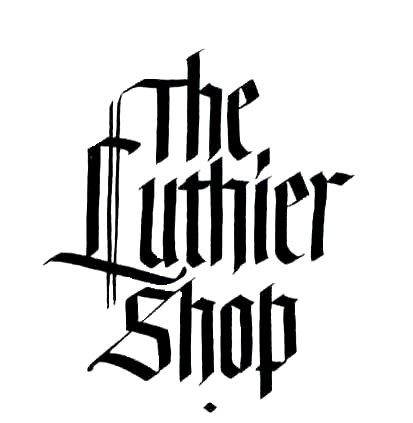
Thomas Cahusac Violin, London 1792 (Luthier Shop Collection)
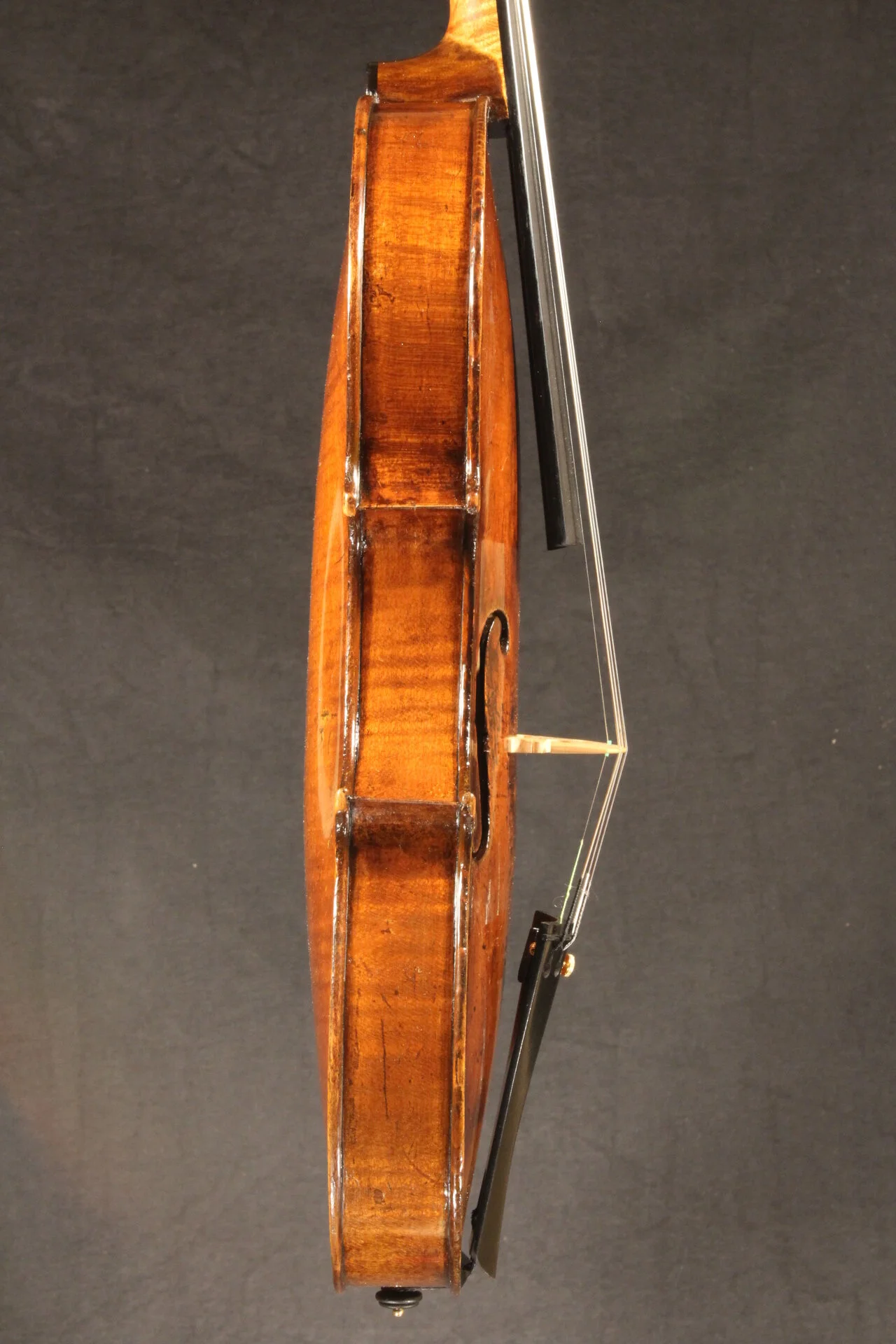
Thomas Cahusac Violin, London 1792 (Luthier Shop Collection)

Thomas Cahusac Violin, London 1792 (Luthier Shop Collection)
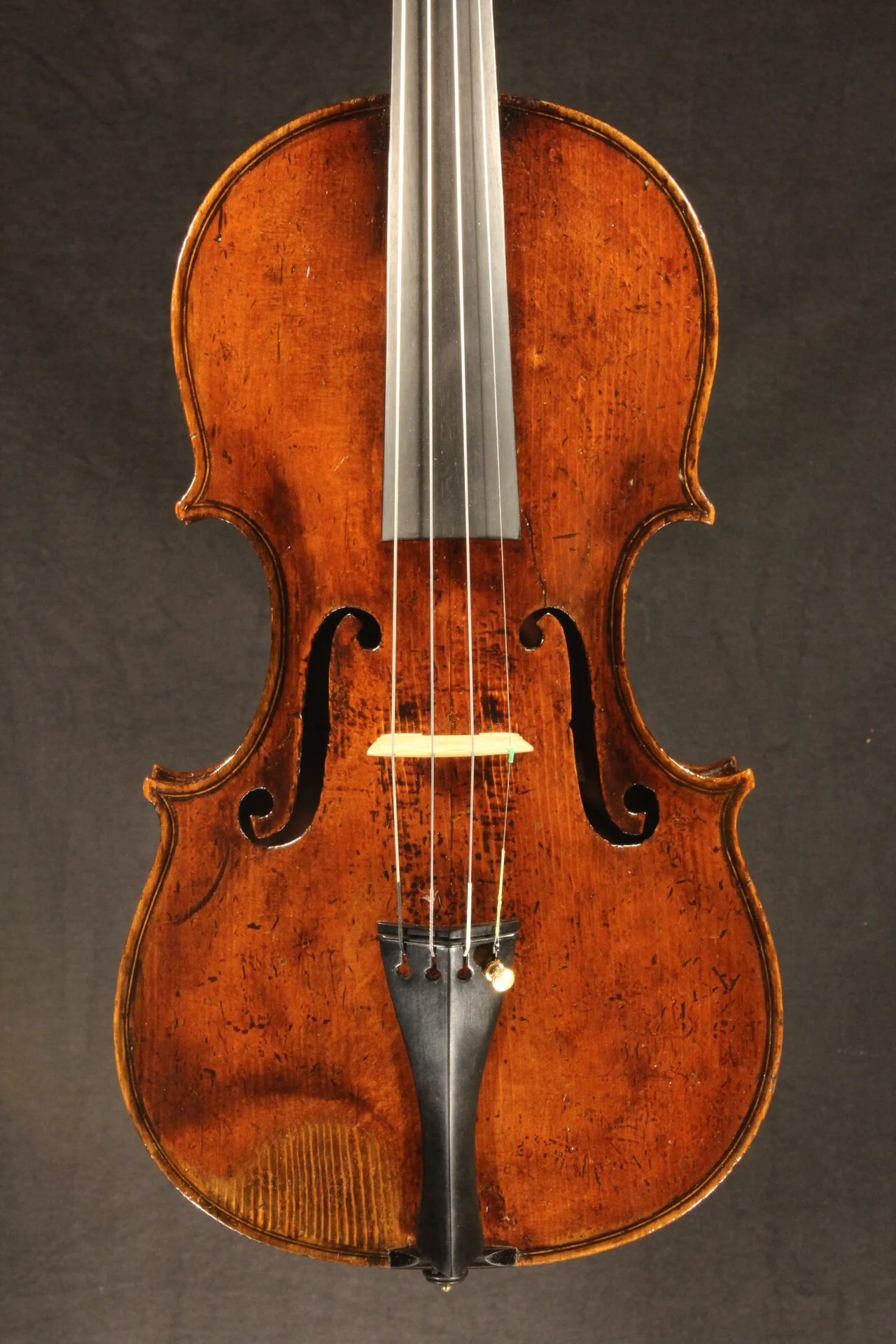
Thomas Cahusac Violin, London 1792 (Luthier Shop Collection)
Two generations of the Cahusac family worked in London from 1755 to 1816. Thomas Cahusac (I) was a prolific music publisher working from the sign of 'Two Flutes & Violin' from 1755 near St Clement's Church, and after 1784 they moved west to 196 Strand, close to the present day Savoy hotel, and Haymarket from 1801. Thomas (II) married the daughter of Benjamin Banks setting up business in the town of Reading, whilst his younger son, William Cahusac carried on the business as Cahusac & Co. up until 1819.
It is unlikely that the Cahusac family ever made instruments themselves, but employed outworkers. Flutes, recorders and flageolets are common with their name stamped on them, and show a range of quality from very cheap work, to instruments made entirely from ivory, attesting - like their music publishing - to the quality of clientele that they attracted. Although violins appear to show a range of hands, they follow a characteristic model with upright and highly worked soundholes where the wings almost touch the bottom and the top. Some examples have a very pinched Amatise arching highlighting an understanding of Banks and William Forster's work from the same period, although others range to the lowest quality for London trade work. - Tarisio
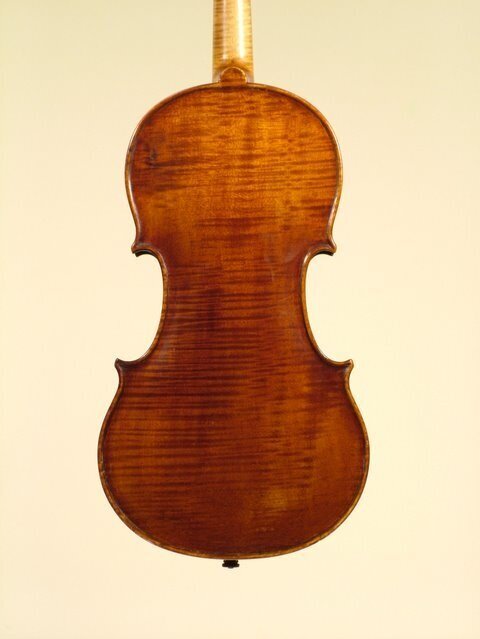
Dante Baldoni, Buenos Aires 1927 (Luthier Shop Collection)
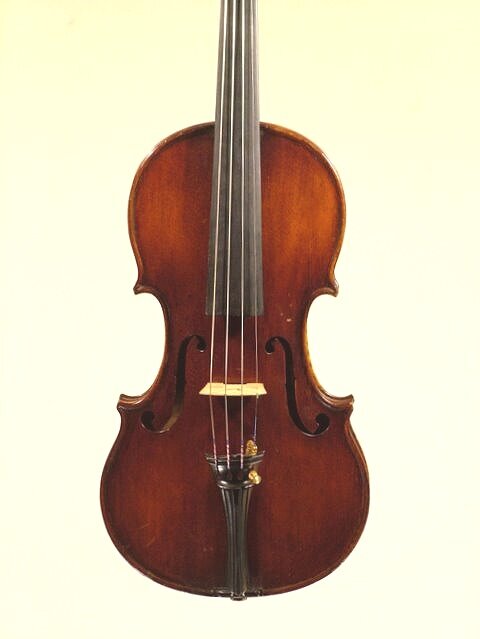
Dante Baldoni, Buenos Aires 1927 (Luthier Shop Collection)
Self-taught Italian maker from Numana (Marche region) who moved to Argentina in 1900. His clients included Ferenc von Vecsey and Jan Kubelik, whose ‘Emperor’ Strad he copied. -Tarisio

Dante Baldoni, Buenos Aires 1927 (Luthier Shop Collection)
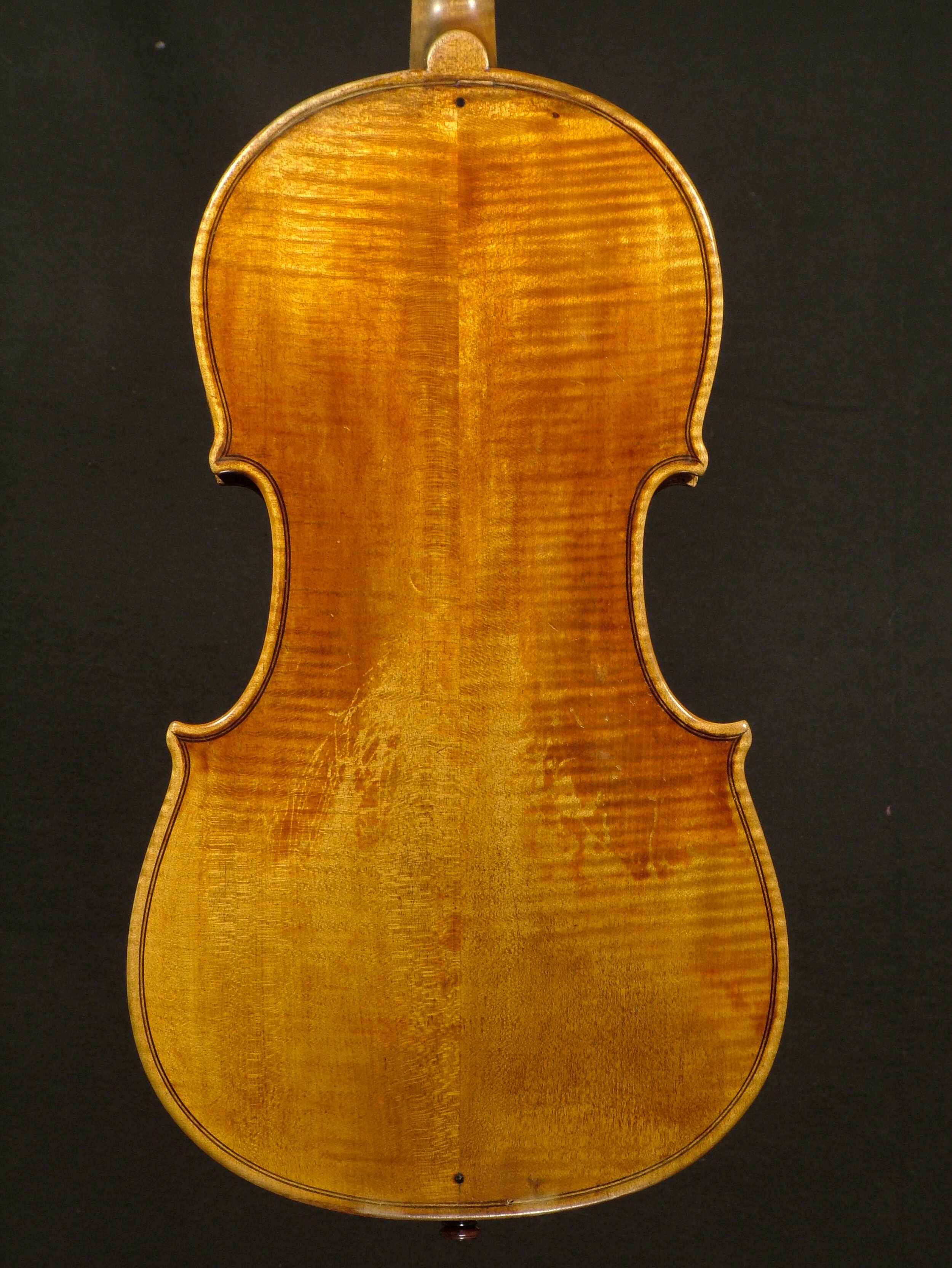
Pietro Pallotta Viola Perugia 1794 (Luthier Shop Collection)
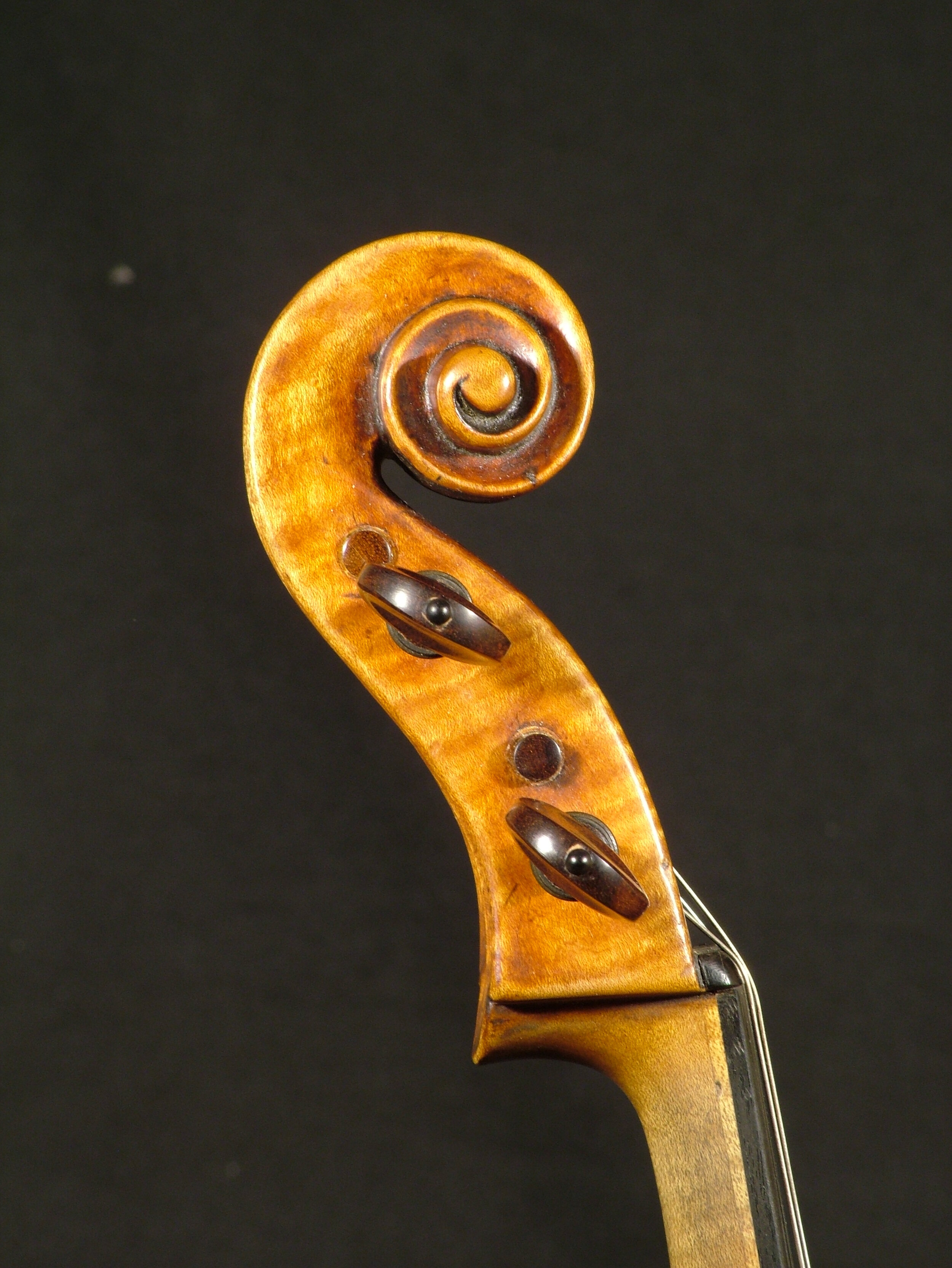
Pietro Pallotta Viola Perugia 1794 (Luthier Shop Collection)
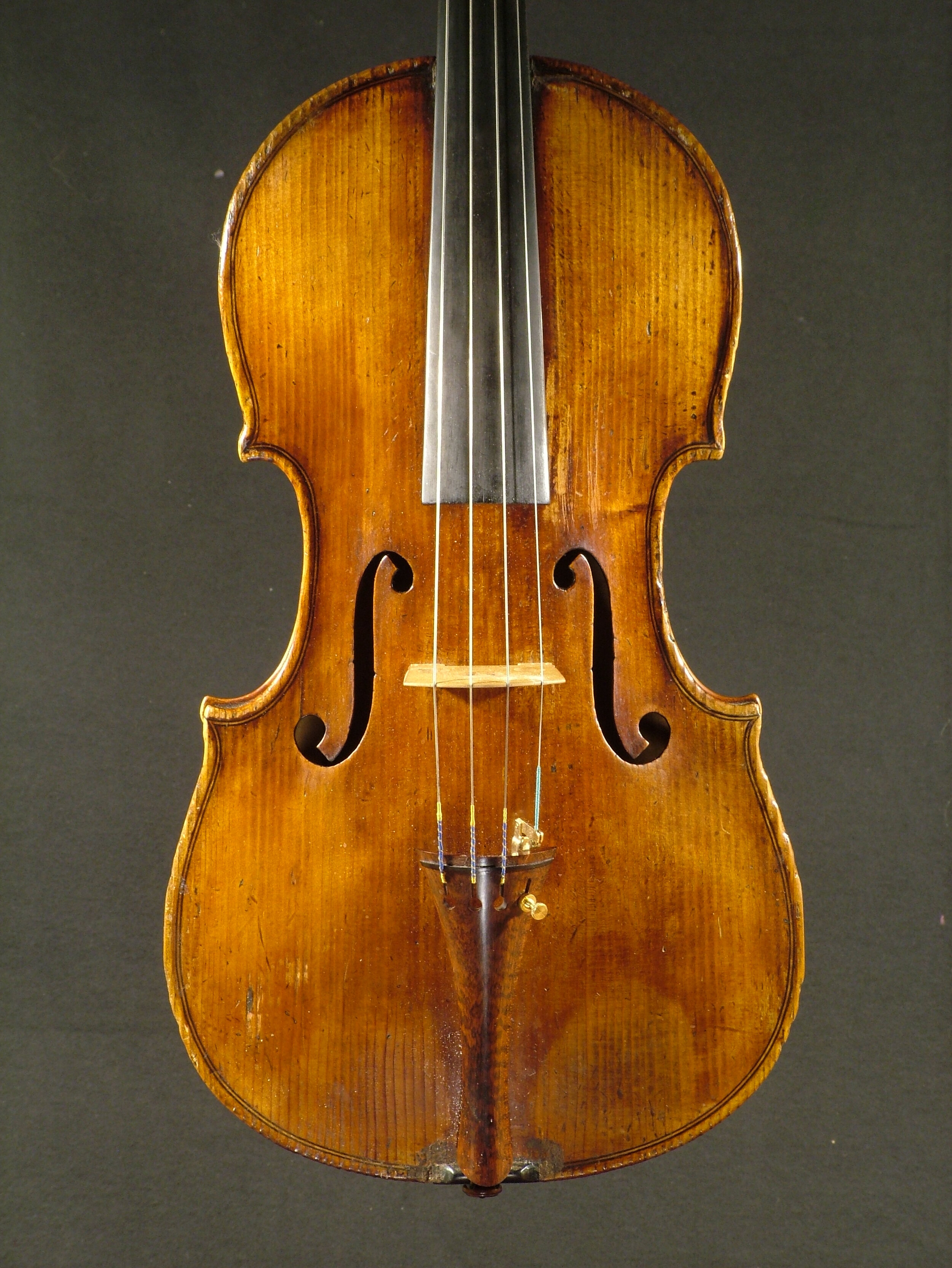
Pietro Pallotta Viola Perugia 1794 (Luthier Shop Collection)
Very little is known about the working life of Pietro Pallotta outside of historical documents proving his existence in Perugia in the late 18th-early 19th centuries. He used beautiful local wood, and his considerable output of violins and violas shows careful craftsmanship, with small f-holes and rounded eyes of a boldly-carved scroll. One of the best Umbrian makers of the period, Pallotta was the teacher of Giovanni Rossi, with whom he collaborated later in his career. - Tarisio
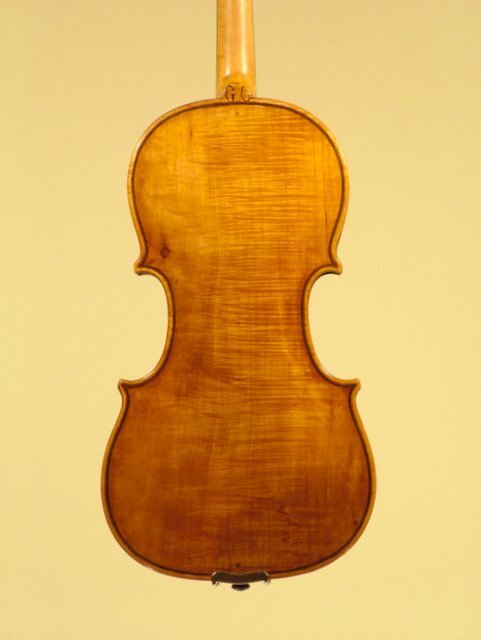
Giovanni Cavani, Spilamberto 1914 (Formerly in the Luthier Shop Collection)

Giovanni Cavani, Spilamberto 1914 (Formerly in the Luthier Shop Collection)
Worked for the Parma and Bologna music conservatories. Instruments generally made on a Guarneri del Gesu model.
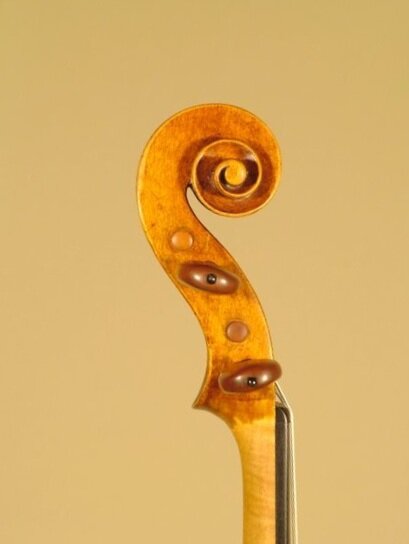
Giovanni Cavani, Spilamberto 1914 (Formerly in the Luthier Shop Collection)













